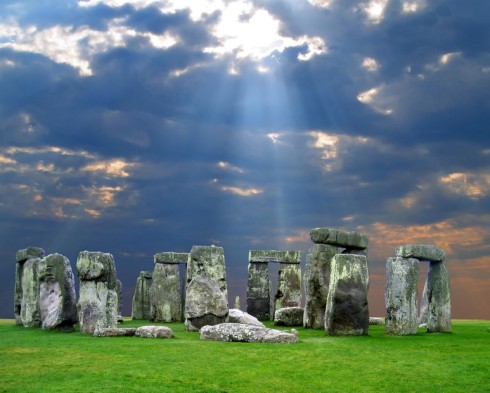Sorry to beat the weathered bones of a very dead horse, but basic misconceptions about evolution seem to pervade American culture. So much that I was compelled to write a letter to the editor of my local newspaper this week. Here it is:
A recent letter writer commented on “…the religion of Darwinism, whose faith rivals that of any fundamentalist.” It’s important to note that the theory of evolution (theory meaning a coherent explanation of all observations, not a guess or hunch) does not meet any anthropological definition of religion. Such definitions always include the term supernatural, which Darwinian evolution is not. Nor is it a matter of faith, since scientific findings are based on empirical evidence, not magical thinking. Key point: evolution by natural selection is not “just another belief.” It is one of the most well-supported theories across every field of science (from Anthropology to Zoology), and the foundation of our understanding of the natural world. Any “controversy” regarding evolution is cultural and political, not scientific. Darwinism is no more a religion than gravity or plate tectonics.
‘Nuff said.




